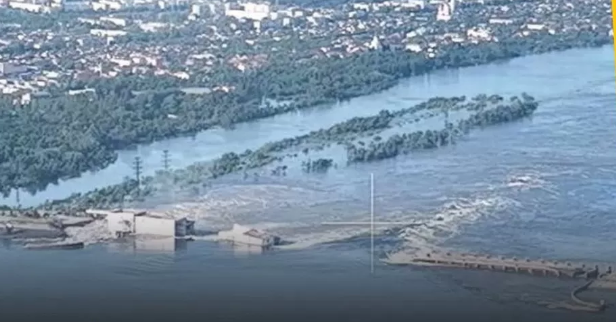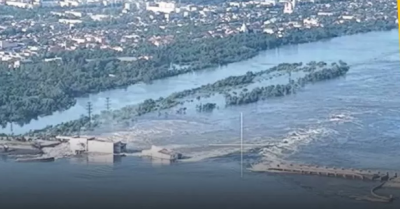The explosion of the Nova Kakhovka dam in Ukrainian Kherson, an area where Russian forces control a significant part, has highlighted the real danger posed by the "dam war," following the "drone war," regardless of who was responsible for detonating the upper part of the dam. It is noted that if the lower part of the dam had collapsed, the damage would have been catastrophic for both people and property. With dams becoming part of the Russian-Ukrainian war, the magnitude of the risks that could arise from the collapse of several Ukrainian dams comes to light in a country known globally as a "reservoir of dams," which according to a study by the National Institute for Research at the Polish Academy of Sciences, has no fewer than 1,054 large reservoirs and about 33,000 medium and small reservoirs.
The study focusing on artificial water bodies in Ukraine indicates that these reservoirs play a crucial role in providing water for various economic sectors. The Ukrainian water agency clarifies that the main purpose of creating dams was to supply water to industrial areas, particularly in Kharkiv, Donetsk, Dnipro, Kherson, and others. Ukraine invests about 28% of these reservoirs for water sales.
While there are over 57 dams in Kharkiv and around 15 in Kherson, Donetsk has approximately 129 dams, followed by Dnipro, which holds water in 100 dams. In the capital, Kyiv, there are about 62 reservoirs, 73 in Luhansk, and 64 in Odesa, meaning that most densely populated cities live under the threat of flooding if these reservoirs are turned into explosive bombs that could sweep away all principles and regulations related to water and dams. Does today's incident herald the emergence of new forms of warfare where nature, in collusion with humans, plays a dangerous role in devastating lives and property?




